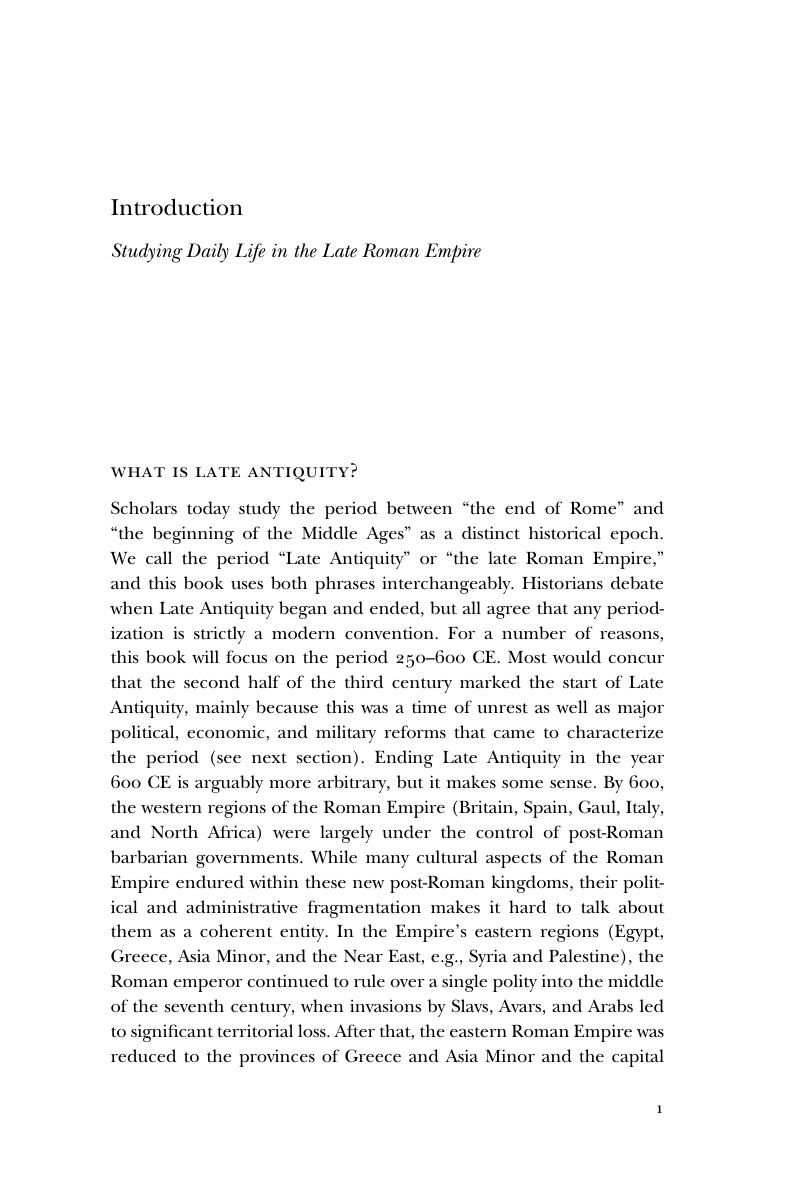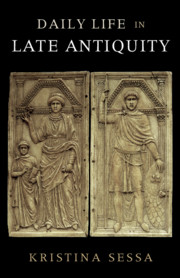Book contents
Introduction
Studying Daily Life in the Late Roman Empire
Published online by Cambridge University Press: 18 June 2018
Summary

- Type
- Chapter
- Information
- Daily Life in Late Antiquity , pp. 1 - 20Publisher: Cambridge University PressPrint publication year: 2018
References
Further Reading
Finally, there are several handbooks and encyclopedias dedicated to Late Antiquity, which contain entries and essays on particular topics.



